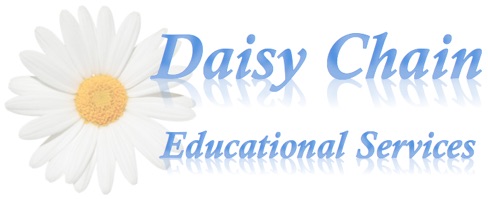






ABA
ABA (Applied Behaviour Analysis) is an extremely well researched and data driven branch of the scientific field of Behaviour Analysis. There have been changes in the teaching techniques used in the last 20-30 years. ABA is often referred to as VB or VBA. This links to Skinner’s analysis of Verbal Behaviour (refereed to as VBA) whereby language is broken down into its functional components. It also refers to the application of the ABA principles, all Daisy Chain Case Managers employ the VBA technique.
ABA has been researched and evidenced right back to the 1960s as a therapy with proven success for pupils on the Autistic Spectrum and with other related disorders. It also has proven results in helping in any number of situations, such as crowd control, attachment disorders, road rage and highly successful in treating phobias.
Applied Behaviour Analysis uses the well researched principles and techniques of Behaviour Analysis to bring about meaningful and positive change in a pupil’s behaviour. This includes increasing positive behaviours through positive reinforcement and other tested techniques, reducing behaviours that have a negative impact on a pupil’s learning or cause harm to themselves, others or their environment by removing the reinforcement and; replacing the behaviour with a functional equivalent whilst teaching the pupil new, age appropriate skills.
In addition to reinforcement, ABA programs utilise a large toolkit of techniques. They include Autism Specific teaching where difficult tasks are broken down into small manageable parts that are later chained into the more complex skills. Customisation of the program to reflect the pupil’s preferences and interests, needs, family and/or educational situation and adaption of the learning environment to best accommodate the learner. Whilst there is a large focus on teaching language skills, all areas of functioning are taught including social skills, academic skills, play skills, self-help skills and independence across all areas. The application of these techniques has been derived from years of research.
ABA will bring about meaningful and positive change in behavior. These techniques can be used in structured situations such as a classroom environment, 1:1 teaching such as intensive teaching, as well as in the pupils natural environment. Some ABA sessions involve one-on-one interaction between the tutor and the student whilst in other sessions the pupils is involved in group or whole class interaction and learning.
Over the years there has been a dramatic increase in the use of ABA in helping people, particularly autistic people, to live happy and productive lives. ABA enables them to acquire fundamental life skills such as attending, listening and imitating others as well as more complex skills such as reading, conversing, social interaction and understanding their own and others emotions and point of view.
The ultimate aim of an ABA programme is to help the child learn how to learn and to achieve as much independence as possible. However, this is accomplished gradually and may take a number of years
Applied Behavioural Analysis